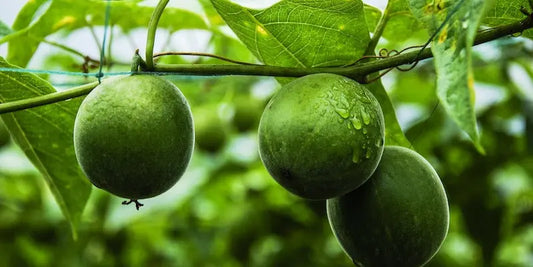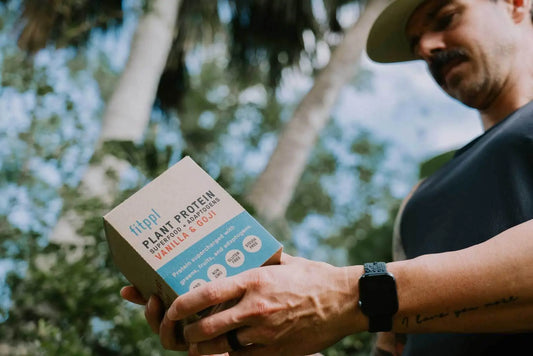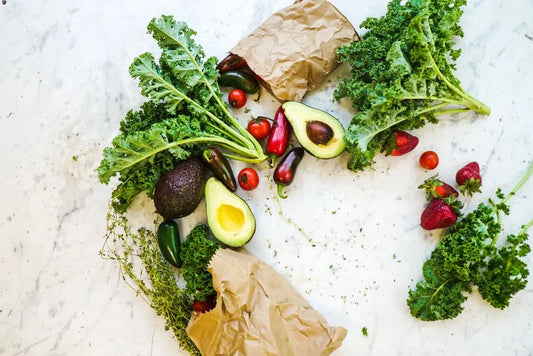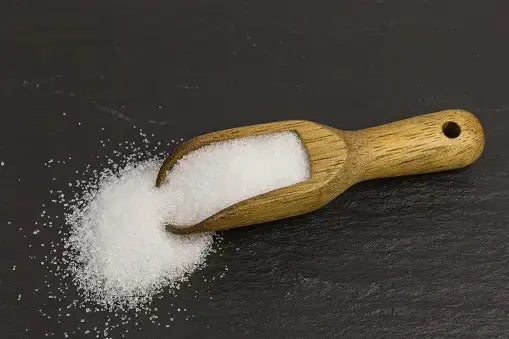Top 10 Delicious and Sustainable Protein Sources for Your Diet
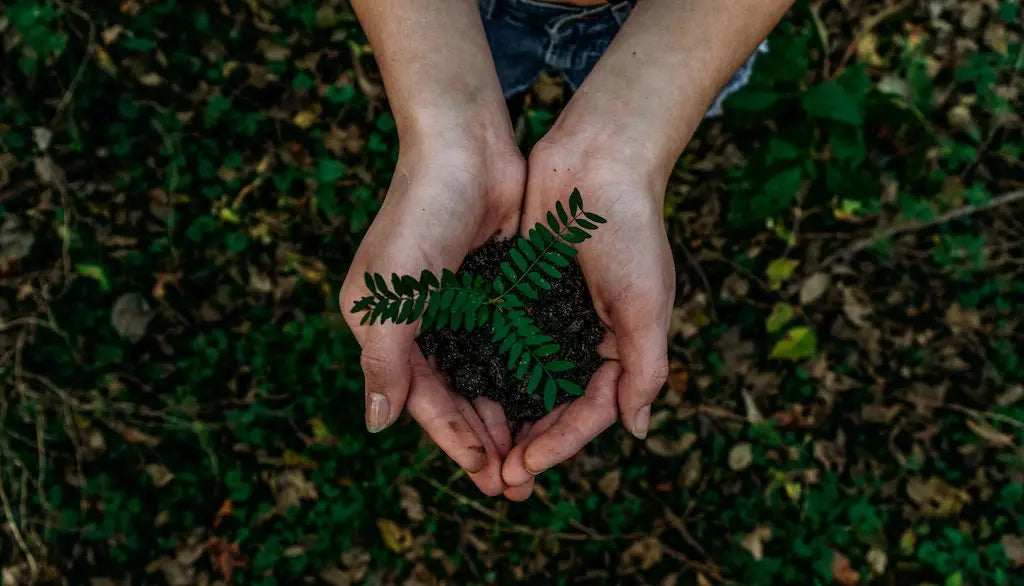
The days of eating meat are over. Meat and dairy production accounts for 14.5% of greenhouse gas emissions across the world. Producing beef, pork, and lamb destroys land and water resources, making environmental sustainability difficult.
It is essential that everyone becomes familiar with sustainable protein sources. But avoiding meat doesn’t mean eating only salads. Study different types of protein, and you can create a delicious daily meal plan.
What plants contain proteins at similar levels as meat? Do vegetables and grains have protein in them? How can you incorporate these plants into your diet?
Answer these questions and you can make the most out of your protein source options. Here are 10 great sustainable protein sources.
1. Legumes
Legumes include alfalfa, beans, chickpeas, and lentils. One serving of legumes offers a high amount of protein alongside other essential nutrients, including dietary fiber. Farmers need very little water or land to grow them, so legumes have a low carbon footprint.
You can make many recipes with legumes in them. A bean stew or salad can make a good lunch, and you can grind chickpeas with olive oil and seasoning to make hummus for a snack.
2. Nuts
Nuts contain protein with healthy fats that decrease cholesterol and promote heart health. However, almonds, cashews, and hazelnuts require a lot of water. You should try consuming chestnuts, peanuts, and walnuts instead.
Nuts are a good snack, especially when you combine them with raisins and other dried fruits. You can sprinkle them on top of a salad, and you can grind or blend them into different sauces. Walnuts and pine nuts can go into pesto while peanuts can make peanut stew.
3. LEAFY GREENS
Leafy greens are superfoods you should add to your daily diet. You should eat five servings of vegetables a day, and at least one of those servings should be leafy greens. Feel free to experiment with different recipes as long as you do not overcook your greens and destroy their nutrients.
A one-cup serving of spinach can contain 5.35 grams of protein. This isn’t as much as legumes or nuts, but eating spinach can help you reach your protein goals, especially as you are starting a diet.
If you prefer roasted greens, you can try kale, which offers vitamin A and calcium in addition to protein. Chop some kale into small pieces and then toss them with olive oil, chopped garlic, and seasonings. Roast the kale in the oven until it becomes crispy.
4. PEAS
Green peas or garden peas can have as many as four grams of protein per one half-cup serving. Many companies offer pea protein as a powder, which you can mix into smoothies and other dishes.
But on their own, green peas are delicious and versatile. You can eat them as a side dish, or you can mix them into pasta sauce and stews. You can buy bags of frozen peas at stores for easy cooking.
5. SOYBEANS
Ask someone about an environmentally friendly protein, and they’ll talk to you about soybeans. Soybean farmers engage in conservation practices like no-till farming to avoid damaging the soil and using too much water. When soybeans break down, they deposit their nutrients into the soil, helping other plants.
You can eat soybeans raw or in forms like tofu. If you want something to drink, you can try soy milk, which you can mix into coffee, milkshakes, and baked goods.
6. QUINOA
Quinoa is a whole grain, and you should try to eat it in unprocessed forms. It can adapt to many different climates, allowing farmers throughout the country to grow it without excessive water or land.
You can make a few different quinoa salads, combining quinoa with avocados, citrus fruits, and nuts. When you want something more filling, you can make quinoa patties, mixing quinoa with vegetables in a food processor.
7. BROWN RICE
Most forms of rice are environmentally friendly and contain high levels of protein. However, brown rice has more protein and nutrients than white rice because it is unrefined.
Brown rice is a great side dish, especially when paired with stir-fried vegetables. You can combine rice with lentils to make dal bhatand other Indian dishes.
8. OATS
Oats are whole grains that some people grind down to create protein powder. However, ground oats can have less fiber and fewer vitamins than whole oats, so you should eat whole oats whenever possible.
For breakfast, you can make oatmeal and granola. Many Indian dishes rely on oats, including oats dosa, which makes small pancakes you can fill with different ingredients.
9. HEMP SEEDS
Hemp seeds come from cannabis plants, but they do not have the psychedelic effects of cannabis. You can buy hemp seeds from major grocery stores and online retailers. Both hemp plants and seeds require few resources to grow, and no pesticides are needed to cultivate hemp.
Hemp seeds function similarly to other kinds of seeds. They have a nutty flavor, so they work well on salads or in trail mixes. If you buy whole seeds, you can make hemp milk with them or bake them in bread.
10. CHIA SEEDS
Chia seeds come from Salvia hispanica plants, which grow in arid regions. Farmers do not use chemical pesticides to maintain these plants, though growing practices can vary depending on who grows them. Try to buy chia seeds from local stores and farmers near you.
If you’re looking to replace eggs in your diet, you can buy gelatin made with chia seeds. You can also eat the whole seeds, including as an ingredient in energy bars and granola bars.
THE BEST SUSTAINABLE PROTEIN SOURCES
You have many options for sustainable protein sources. Legumes, nuts, and leafy greens are easy to find in stores and easy to prepare.
But feel free to experiment with whole grains as well. You can try quinoa and oats, including for breakfast dishes. You can also branch out into seeds, especially hemp seeds and chia seeds.
Try getting your foods from local farms to limit your carbon footprint. Eat unprocessed grains and vegetables so you get a full range of nutrients.
You can even try plant protein powders. fitppl provides premium options. Shop our store today.




